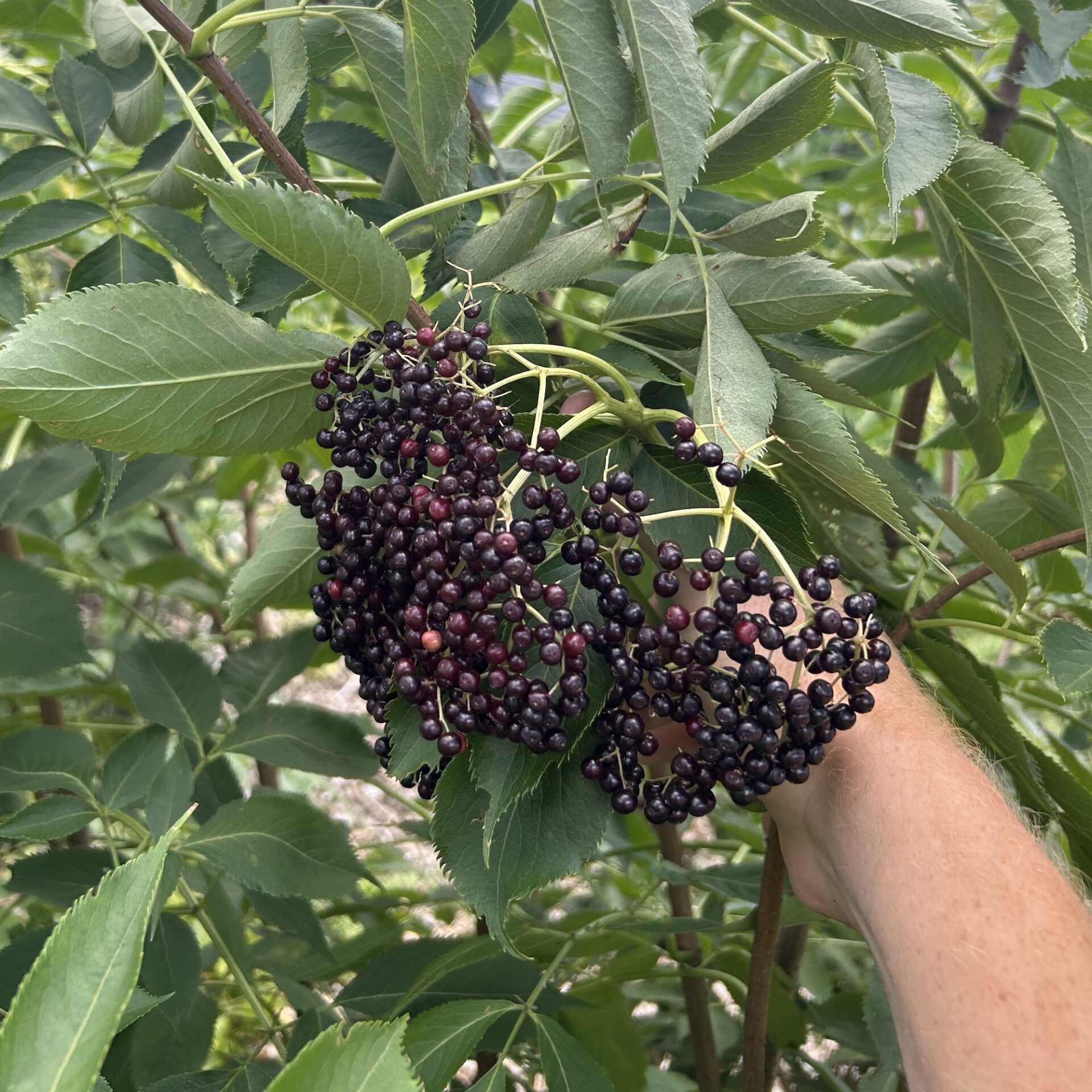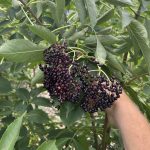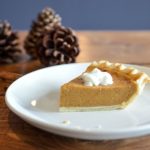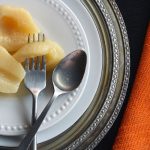Get The Most Out of Your Elderberries from Backyard Eats
Harvesting Elderberries
When It’s Ready
- Observe the color and texture: Elderberries should be deep purple or black when fully ripe. They should have a plump and firm texture.
- Check for clusters: Elderberries grow in clusters, and the majority of berries in the cluster should be ripe.
- Taste test: Gently sample a few berries to ensure they are sweet and flavorful.
- Late summer to early fall, typically from August to September
When It’s Too Late
- Overripe elderberries may become mushy, discolored, or start to ferment.
- Regularly inspect your elderberry bushes to ensure you don’t miss the optimal harvest time.
How To
- Wear gloves and long sleeves: Elderberry stems contain small thorns.
- Use a pair of scissors or pruning shears to cut the entire cluster of ripe elderberries.
- Place the harvested clusters in a shallow container or basket, being careful not to crush them.
- Remove any green, unripe, or damaged berries from the clusters.
About Elderberries
Elderberries are tall shrubs that grow 6-12 ft tall. They require partial to full sun to thrive, but do not require a trellis or regular pruning. Elderberries do require a pollinating pair to reproduce.
Flowering/Fruiting Tendencies
Elderberries are native to America and Europe. They have little white flowers clusters in spring that turn into small, deep purple berries. Elderberry has medicinal properties and is better for jams, tinctures, etc than fresh eating. The berries are small, bitter, have a little seed and are potentially dangerous when consumed raw.
Design Notes
Elderberries are big, upright shrubs with white flowers in spring. They can be great as a seasonal hedgerow planted as close as 3 feet apart. Can handle some moist soil.
Care Notes
Elderberries benefit from compost and wood chip mulch in spring to promote growth. Typically, pruning involves just the removal of dead or dying canes. Sometime, canes will come up away from the crown of the plant and can be thinned to contain the spread of the plant. In cases where elderberry is being used as a hedge, it can be pruned for shape and topped to promote bushiness and thickness.
Newly planted perennials require some additional care to help establish and support the plants as they grow. Water newly planted perennials deeply at the root 2-3 times a week during the first growing season. Apply compost and wood chip mulch in the late winter/early spring.
Storing Elderberries
Fresh Storage: Remove any stems or leaves, them place berries in a breathable container in the refrigerator for up to five days.
Long-Term Storage: Remove the berries from the stems, spread them in a single layer on a baking sheet and freeze until solid. Transfer frozen berries to a freezer-safe container for up to a year.

Cooking With Elderberries
- Elderberry Jam or Jelly: Cook elderberries with sugar, lemon juice, and a touch of water until they break down and form a thick jam or jelly. Spread it on toast, biscuits, or use it as a filling for pastries.
- Elderberry Syrup: Simmer elderberries with water, sugar, and optional spices like cinnamon or ginger to create a flavorful syrup. The syrup can be drizzled over pancakes, waffles, or used as a natural sweetener in beverages.
- Elderberry Smoothie: Blend elderberries with other fruits, such as bananas, berries, or yogurt, along with a liquid of your choice. Elderberries add a rich, sweet-tart flavor to smoothies while providing potential immune-boosting benefits.
- Elderberry Sauce: Cook elderberries with sugar, lemon zest, and a bit of water until they soften and release their juices. Strain the mixture to remove any seeds and use the sauce as a topping for ice cream, pancakes, or desserts.
- Elderberry Muffins or Bread: Fold dried or fresh elderberries into muffin or bread batter for a burst of flavor. The tartness of elderberries pairs well with sweet baked goods and adds a unique twist to your favorite recipes.
- Elderberry Infused Vinegar: Combine elderberries with vinegar, such as apple cider vinegar, and let it infuse for a few weeks. The resulting elderberry-infused vinegar can be used as a flavorful addition to dressings, marinades, or as a health tonic.




